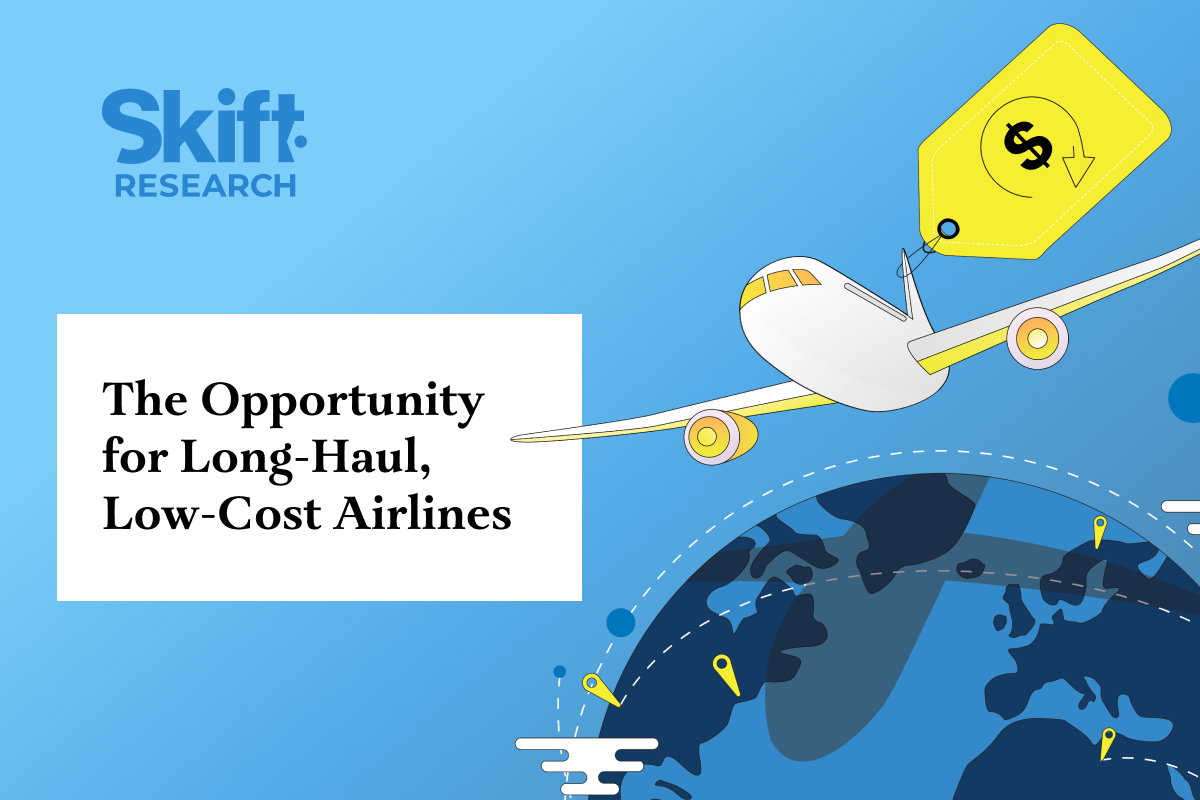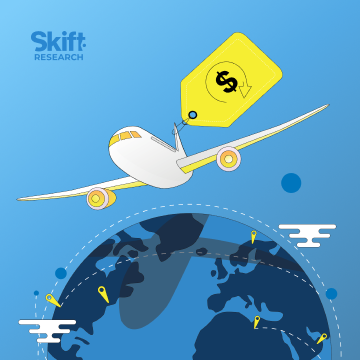Skift Take
With the availability of better aircraft, a growing middle class and the evolving travel preferences of young travelers, there could be a billion-dollar opportunity waiting for low-cost, long haul air travel.
Skift Pro and Skift Research subscribers are able to read this exclusive extract from the latest Skift Research report. Get more insights from Skift Research to stay ahead of the industry.
JetBlue said recently that it was eliminating a number of routes from its network. It soon became clear that the low-cost airline was adopting a network optimization strategy aimed at cutting unprofitable services and redeploying its fleet to more lucrative locations.
The U.S. carrier has been hit with a double whammy of regulatory headaches. The Department of Justice blocked its $3.8 billion bid for Spirit Airlines, and a federal antitrust ruling was made against its partnership with American Airlines.
In light of these setbacks, it was prudent for JetBlue to review its routes and optimize its network.
As a low-cost carrier (LCC), it is expected that JetBlue will focus on short- and medium-haul routes, which is the true LCC cost advantage. However, this was not the case.
The majority of the route cuts were for short and medium-haul routes. Interestingly enough, the airline had previously announced that it would commence more long-haul flights, albeit seasonal, over the Atlantic, covering two new destinations – Dublin and Edinburgh, in the summer of 2024.
The decision to increase frequencies and add more long-haul destinations contrasts what a typical LCC would do. Still, JetBlue has chosen to take a different approach—it has displayed confidence in its long-haul operations. Here’s why:
Findings from a new Skift Research report on The Opportunity for Long-Haul, Low-Cost reveal that JetBlue’s operating profit margins (flight operations) over the Atlantic were above 50% in the third quarter of 2023 and an average of 36.6% in the first three quarters of 2023.
Compared to U.S. network carriers, these numbers are just phenomenal. Delta, United, and American combined an average of 12% in the third quarter of 2023.
The previously unattainable long-haul operation for low-cost airlines has become JetBlue’s most profitable market, signalling a change in the aviation industry.
Our latest report provides a comprehensive view of the feasibility of this model for LCCs globally in today’s world. Our assessment suggests that the global potential for the long-haul low-cost market is between 130 million and 175 million airline seats.
Although long-haul flights offer great potential, they also come with significant challenges. Many airlines have struggled in this area and have seen numerous airline failures.
Due to the higher costs associated with long-haul flights, successful low-cost airlines such as Southwest, Ryanair, and easyJet have yet to venture into long-haul operations due to a diminished low-cost advantage.
In our previous report, The Challenges with Long-Haul, Low-Cost Airlines, we discussed these challenges in detail.
Get Skift Research
Skift Research products provide deep analysis, data, and expert research on the companies and trends that are shaping the future of travel.
Have a confidential tip for Skift? Get in touch
Tags: jetblue, Long haul, long haul low cost, skift research

